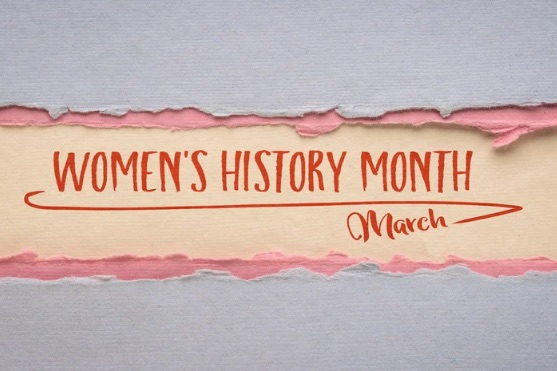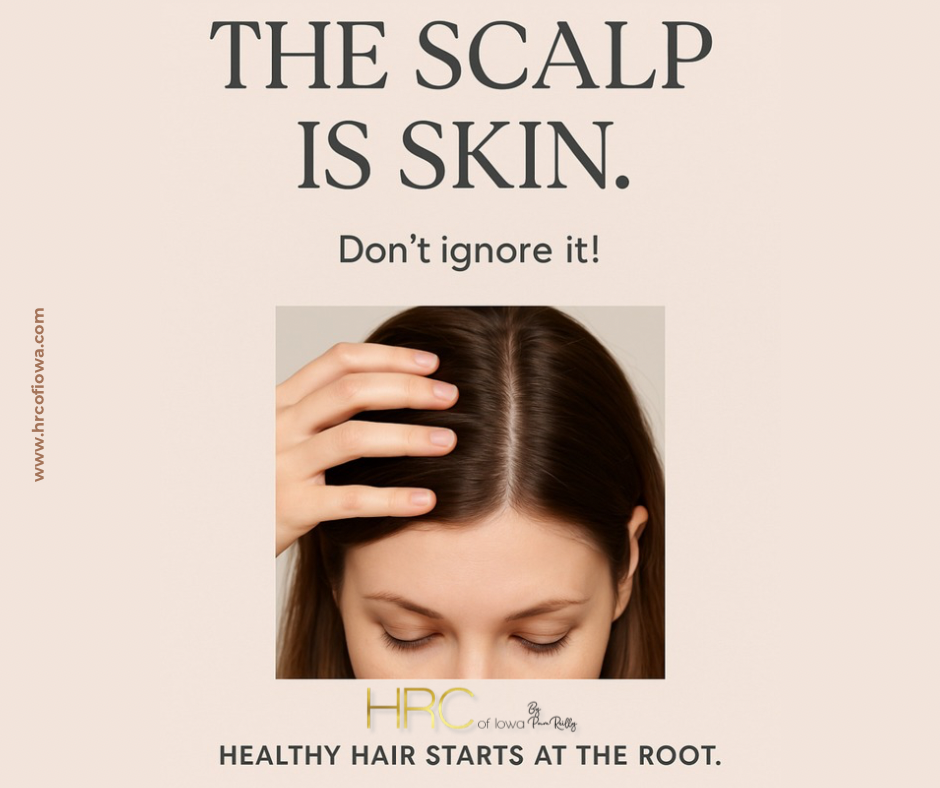 As we celebrate Women’s History Month, we at HRC of Iowa are taking a moment to delve into the fascinating evolution of women’s hair. From the symbolic hairstyles of the early 20th century to the innovative hair loss solutions of today, the journey of women’s hair is a tale of beauty, resilience, and empowerment.
As we celebrate Women’s History Month, we at HRC of Iowa are taking a moment to delve into the fascinating evolution of women’s hair. From the symbolic hairstyles of the early 20th century to the innovative hair loss solutions of today, the journey of women’s hair is a tale of beauty, resilience, and empowerment.
The Early 20th Century: A Symbol of Freedom and Rebellion
The turn of the 20th century brought about a significant shift in women’s hairstyles. The iconic bob cut, popularized in the 1920s, was more than just a style—it was a statement. Women were beginning to reject traditional roles and assert their independence, and cutting their long locks was a bold symbol of freedom and rebellion. This era also saw the introduction of hair accessories and products, reflecting a growing interest in personal grooming and beauty.
Mid-20th Century: The Era of Experimentation
The 1950s and 1960s were decades of experimentation and innovation in women’s hair. From the elegant waves of the Hollywood Golden Age to the geometric cuts of the mod fashion movement, hairstyles became a form of self-expression and creativity. However, this era also saw the rise of hair loss issues among women, largely due to harsh styling techniques and chemical treatments. This prompted the first conversations about female hair loss and the need for gentle, effective solutions.
The Late 20th Century: The Rise of Hair Loss Awareness
 By the 1970s and 1980s, awareness of women’s hair loss had significantly increased. Societal attitudes began to shift, and women started to openly address and seek solutions for hair thinning and loss. This period saw the development of the first hair loss treatments tailored specifically for women, including topical solutions and gentle hair care products. The conversation around women’s hair loss was finally beginning to change, moving towards understanding and support rather than stigma.
By the 1970s and 1980s, awareness of women’s hair loss had significantly increased. Societal attitudes began to shift, and women started to openly address and seek solutions for hair thinning and loss. This period saw the development of the first hair loss treatments tailored specifically for women, including topical solutions and gentle hair care products. The conversation around women’s hair loss was finally beginning to change, moving towards understanding and support rather than stigma.
The 21st Century: Advancements and Empowerment
Today, we live in an era of unprecedented advancements in hair care and restoration. From state-of-the-art hair transplant techniques to revolutionary hair growth products, women now have more options than ever to address hair loss. Furthermore, the cultural perception of women’s hair has evolved. Women are embracing their natural hair textures and styles, and the conversation around hair loss has become one of empowerment and acceptance.
Conclusion
As we reflect on the history of women’s hair, we celebrate the strides made towards understanding, treating, and embracing all aspects of hair health and beauty. Women’s History Month is not only a time to honor the past but also to look forward to a future where women feel supported and empowered in every aspect of their lives, including their hair journey. At HRC of Iowa, we are proud to be part of this ongoing story, providing support and solutions for women facing hair loss while celebrating the beauty and diversity of women’s hair across all ages and backgrounds.








